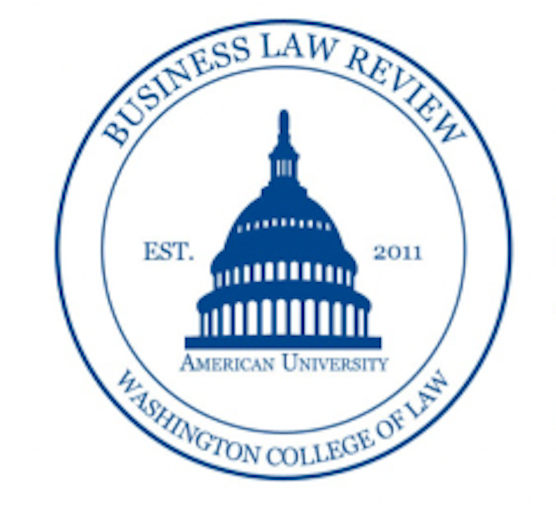By: Maegen Sincleair
In Bikram’s Yoga College of India v. Evolution Yoga[1], the Ninth Circuit held the Bikram Yoga sequence developed by Bikram Choudhury is not entitled to copyright protection because copyright protection is limited to the expression of ideas and does not extend to ideas themselves.
Bikram Choudhury developed a sequence of twenty-six yoga poses and two breathing exercises meant to be completed over the course of ninety minutes in a room heated to 105 degrees Fahrenheit, which were described in his copyrighted book published in 1979. The very essence of the Bikram yoga sequence is the specific order the poses are performed, so that all muscles, tendons, and ligaments are warmed and stretched in a way they should be.[2] In 2002 and 2005 Mark Drost and Zefea Samson completed the three-month Bikram Yoga Teacher Training course. In 2009 they founded Evolution Yoga, which offers multiple types of yoga including a style of hot yoga similar to Bikram yoga.
Choudhury filed a complaint alleging that Evolution infringed the copyrighted works of Choudhury through the incorporation of the Bikram yoga sequence into Evolution Yoga classes. Evolution moved for partial summary judgment for Choudhury’s copyright infringement claim for the yoga sequence. The district court granted Evolution’s motion for summary judgment holding that the “sequence is a collection of facts and ideas that is not entitled to copyright protection.”[3]
The Court first determined the yoga sequence was an unprotectible idea because 17 U.S.C. § 102(b) expressly excludes protection for “any idea, procedure, process, system, method of operation, concept, principle, or discovery, regardless of the form in which it is described, explained, illustrated, or embodied in such work.”[4] Section 102(b) represents the idea/expression dichotomy which says that the expression of an idea is eligible for copyright protection, but the idea itself is not. Thus, copyright protection extends to the book describing how to practice the sequence of yoga postures, but not to the sequence itself. The reason for the idea/expression dichotomy is to balance the need to protect the original expression while still encouraging others to build upon and improve an idea.
The Court reasoned that the yoga sequence falls into the idea exclusion because Choudhury himself described the sequence as “system or method designed to systematically work every part of the body.”[5] He argued that the sequence is a healing art, which the Court rejected. Despite the fact that a sequence produces spiritual, psychological, or physical benefits makes it “no less an idea, system, or process and no more amendable to copyright protection.”[6] Further, the Court reasoned that “copyright protection for the sequence would prevent the public from engaging with Choudhury’s idea and building upon it.” [7] The Court also noted that any such protection would have to find its grounding in patent law.
Additionally, Choudhury argued that the sequence was entitled to copyright protection as a compilation and as a choreographic work. The Court ultimately rejected both arguments because the sequence fell into Section 102(b)’s exclusion against ideas as copyrightable. While the sequence may or may not have fallen within the definition of a compilation or a choreographic work the sequence needed to satisfy the requirements of Section 102.
Applying Section 102 to Choudhury’s sequence, the Court affirmed the district court’s grant of summary judgment to Evolution Yoga. The Court affirmed the District Court and held that a sequence falls within the exclusion of Section 102(b) and is thus not entitled to copyright protection because it is an idea and not an expression.
In rendering this decision, the Court has further solidified the line between the expression of ideas and the ideas themselves. As the development of new technologies has made the boundaries of copyright protection uncertain the Court’s ruling ensures the “idea/expression dichotomy has remained firmly in place.”[8] If the Court made the yoga sequence copyrightable it would open the flood doors to allow for simple daily tasks such as brushing your teeth or taking a picture to become copyrightable. This ruling further protects against copyright protection being extended beyond its constitutional limits and ensures protection is only extended to its proper subjects. The Court’s ruling leaves many free to practice and to further develop the tradition of yoga, which for many is a very spiritual practice that should be free to all.
[1] Bikram’s Yoga Coll. Of India v. Evolution Yoga, No. 13-55763, 2015 WL 5845415, at *1 (9th Cir. Oct. 8, 2015).
[2] Id. at * 8.
[3] Id. at *2.
[4] Bikram’s Yoga Coll. Of India, No. 13-55763, 2015 WL 5845415 at *3.
[5] Id. at *4 (internal quotations omitted).
[6] Id. at *6.
[7] Id. (citing Mattel, Inc. v. MGA Entn’t, Inc., 705 F.3d 1108, 1111 (9th Cir. 2013)).
[8] Bikram’s Yoga Coll. Of India, No. 13-55763, 2015 WL 5845415 at *9.


